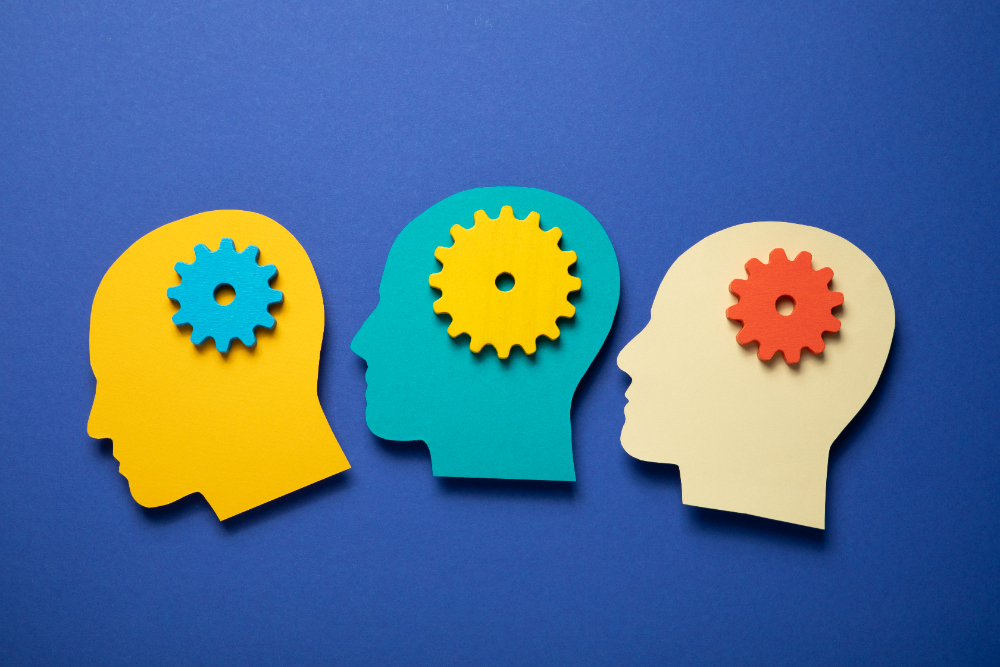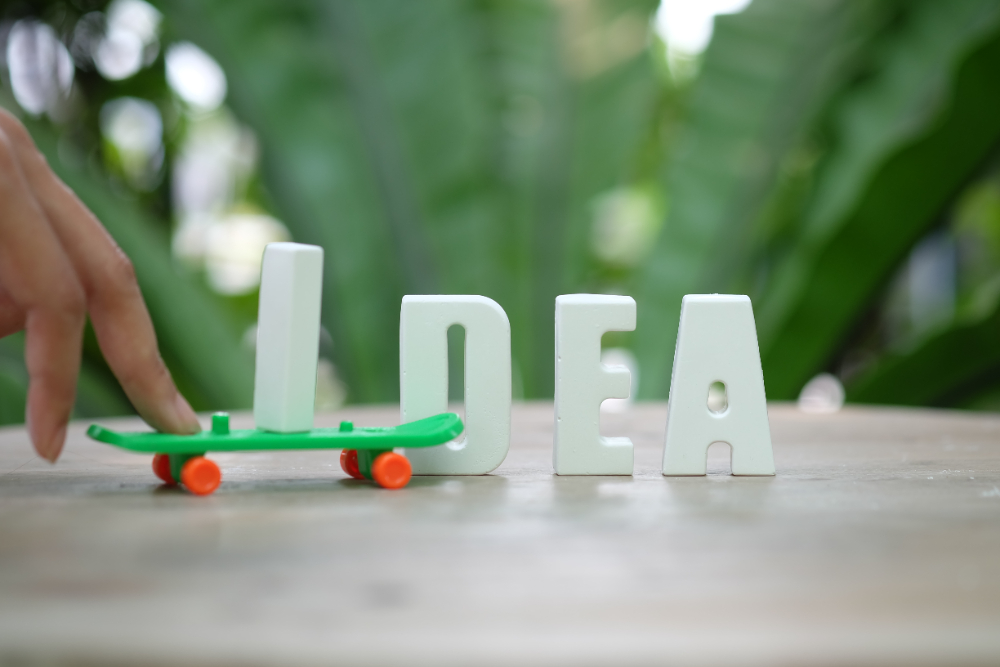Table of Contents
- 1. Understanding Educational Science
- An Interdisciplinary Field
- Always Changing
- 2. Bridging Theory and Practice: Educational Science in Modern Teaching
- Theoretical Foundations Applied to Education
- Practical Implementation
- A Foundation for Modern Teaching
- 3. Case Studies: Educational Science in Action
- Evidence-based interventions in education
- Technology as an Aid
- 4. Hurdles in Operationalizing Teaching Science in Practical Settings
- Degree of Affiliation to New Strategies
- Tradition Dilemma
- Institutional Approach Variations
- Modern Learning with Educational Science
- Education Forever Changing
- AI Implementation
- Inclusion and Environmental Considerations
- Closing Remarks
The significance of educational science borders on abject when talking about new approaches to learning and teaching paradigms. Even more so in the now, when there is an ongoing evolution of technology that I fundamentally redefines means of human communication and ways of acquiring knowledge. But how does one bridge the chasm between theory and practice? What differences do classroom or school settings make in learning and research that intersects with modern educational science?
This article discusses this shift by first sketching out the broad contours of educational science theories and their practical engagement in contemporary classrooms. From the use of AI and interactive platforms to inquiry based learning and flipped classrooms, we shall look at how these practices shape daily learning.
If you are a teacher or a parent or an interested thought leader in education, then see how heavily complemented research advances educational science concepts that aim to improve the learning experience now and in the future. Delve into an era where scientific research fuels change in the educational outlook of tomorrow.
1. Understanding Educational Science
Educational science is the intersection of multiple disciplines and knowledge pertaining to the philosophy and practice of teaching and learning.
This field teams up with psychologists, sociologists, and neuroscientists whose goal is to deep our comprehension on learning processes to optimise the delivery of the content to the learners.
An Interdisciplinary Field
When we evaluate the definition of educational science, it encompasses the comprehension of all aspects within the field, including theoretical and practical usage. Consider approaches such as education constructivism championed by Jean Piaget, which advocates the learner’s role in knowledge acquisition. Even more theories like Vygotskys Sociocultural Theory stress learning through social engagement. School practices such as group activities and using tech devices in the classroom are examples of modern application of the theories.
Always Changing
Science education is active, evolving, and shaping not only the research field but also targeting teachers, students, and politicians. Combining resources like Applying the Science of Learning to Education and Science Education in Theory and Practice, specialists are free to use theoretical approaches in different primary schools or in various professional training programs.
The application of theories helps the scientific field to consolidate effective teaching and learning methods that are aimed to meet the needs of the students basing it on evidence-based learning.
2. Bridging Theory and Practice: Educational Science in Modern Teaching
The uniqueness that revolves around the educational science lies in the ability to conceptualisation theories and forming models of teaching practices.
These theories, developed over decades, provide well-structured models that can assist in realizing the underlying principles of effective learning in classrooms.
Theoretical Foundations Applied to Education
Constructivism, the most-commonly known theory after sociocultural theory, and which originated with Jean Piaget, argues that learners are active participants and as such, create their own knowledge based on their experiences. Consequently, practices such as project based learning whereby students are presented with actual problems and struggle for solutions are most acceptable under this theory.
Socioconstructivism as defined by Lev Vygotsky places more emphasis on the learner’s social interactions rather than cultural context of learning. The idea of the zone of proximal development (ZPD) advocates for the need of providing assistance based on the level of requirement, thus allowing learners to do tasks which they would not achieve otherwise. These principles set a direction for contemporary approaches, such as induction and cognitive apprenticeship.
Practical Implementation
Constructivism has a concrete application in the classroom. For instance, one of the session learning objectives requires students to interact with their peers on practical issues in order to promote critical thinking. Other technologies in education such as adaptive platforms also embrace these theories by personalizing the learning which a user gets to a particular requirement.
A Foundation for Modern Teaching
Education stakeholders can utilize relevant materials such as Science Education in Theory and Practice together with data from the Stanford study and others to start changing their teaching strategies to suit the modern environments.
3. Case Studies: Educational Science in Action
Educational science enables concrete changes that have a great impact on teaching methods by installing the knowledge needed to solve the problems of the student.
These examples further illustrate the application of longstanding concepts pertaining to education in contemporary society to facilitate enhanced educational outcomes.
Evidence-based interventions in education
Teachers as Project Managers, a framework that stems from the constructivism approach, aims to identify and satiate real challenges while working together in a group. Practical competencies such as critical reasoning, communication and engagement with students increase significantly with this approach.
Flipped Classrooms, which allow for learners to pre-study specific concepts before engaging in classes and activities, widens the perspective of (social)constructivism. This model shifts the focus away from theory and instead concentrates on interpersonal connections between students and teachers while guiding content utilization.
Technology as an Aid
Technological resources are imperative in the implementation of educational science as well. For example, according to Applying the Science of Learning to Education, adaptive learning environments are capable of tailoring particular content to comply with the individual trainee’s preferences, ensuring greater level of understanding and retention.
In a prime example, Stanford explains the engaging and enveloping facets of artificial intelligence and augmented reality while simultaneously furthering their great scientific concepts.
4. Hurdles in Operationalizing Teaching Science in Practical Settings
So far, strategies developed through educational science have proven to be quite powerful. However, when it comes to ensuring a seamless integration between theoretical notions and instructional techniques, there seems to be, a number of (or perhaps many) barriers in place.
Degree of Affiliation to New Strategies
Integrating new techniques and other evidence-based practices often proves to be challenging for most institutions and educators.
There is an increased reliance on conventional methods. However, the initiatives outline in Applying the Science of Learning to Education contend that there is need for constant training and support of the teachers in order to break this cycle.
Tradition Dilemma
As an example, there are barriers as far as the availability of various resources such as learning equipment or advanced training facilities. Such facilities that do not have enough funds may find difficulties in trying to introduce frameworks that are in accordance with contemporary theories. Studies on technology comes up with simple messages as the current book How Technology is Reinventing K-12 Education illustrates, it does not take much application of tools to achieve good results.
Institutional Approach Variations
For a fact, each of the institutions has its drawbacks and its set of capabilities. Using educational science does not have to be a blanket approach. Educators are involved in tailoring such strategies in order fit given conditions, and this is the case in Science Education in Theory and Practice.
Modern Learning with Educational Science
Education has traditional notion that it remains static. Although it is still evolving mostly to adequat4e itself to the fast pace of the modernistic learners as well as educators and its future lies in merging new means of pedagogy and use of other timely new technologies as well. There is also a need to address the social and cultural challenges that motivate it to change.
Education Forever Changing
Technological tools can now be set up in a manner that content is modified for every learner which caters to their specific interests, and Neumann’s research incorporates this approach much thematic personalization.
As indicated in Applying the Science of Learning to Education, adaptive learning systems like those described above enable the individual learner to harness the power of data to assess skill deficits and motivate themselves through their understanding of the deficits.
AI Implementation
The application of artificial intelligence in the classroom has provided a solution to the interactivity deficit. As underscored by Stanford, AI goes on to provide access to enhanced learning tools such as simulation modules and augmented reality platforms that enable stimulated environments.
Inclusion and Environmental Considerations
This most importantly entails inclusion, diversity as well as sustainability. Science Education in Theory and Practice comprehensively discusses how in the long run these concepts ensure that learners are adequately prepared to meet the challenges that this century presents.
Closing Remarks
Educational science has a broad scope, but it is important in developing modern practices of both teaching and learning. It performs wonders through the integration of conventional theories, pragmatic teaching models, and high-tech gadgets necessary in upgrading learning spaces to fit the needs of current and future students.
From the analysis of the article, it has been seen that deep-rooted philosophies like constructionism and socioconstructivism have a great impact on contemporary methodologies such as the use of project-based approaches and flipped classrooms. Even though there remain barriers such as the non-acceptability of change and inadequate resources, there is more promise in making the experience more accommodating and beneficial with the use of educational science.
However, the fact that there are technologies such as artificial intelligence, adaptive learning platforms and a concentration on diversity and inclusion means that educational science will not lag behind learning systems of the future.
Regardless of whether you are an educator or a (policymaker) there’s a lot you can do with educational science and developing teaching practices. If we put money into research and adopt scientific principles, we can configure conditions that would benefit all students.

































Comments are closed.